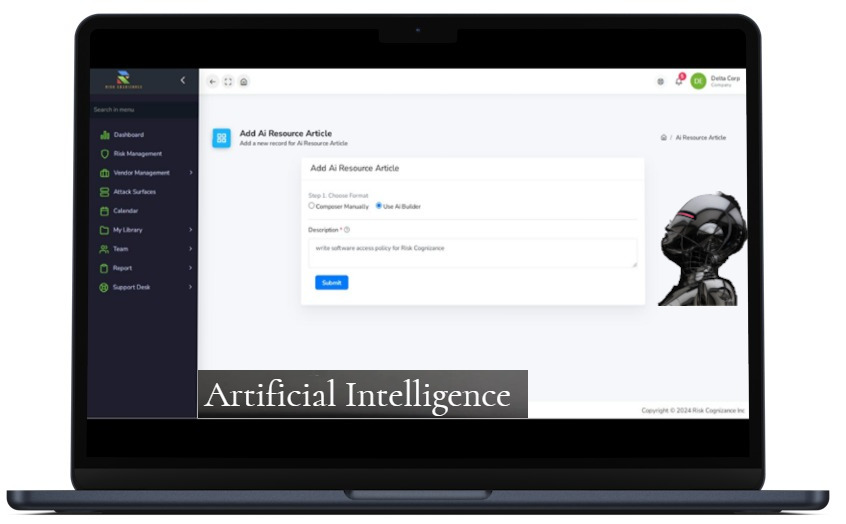GRC Compliance Platform: Your Guide to Effective Risk Management and Business Resilience
Organizations of all sizes face increasing pressure to comply with a myriad of standards and regulations. A GRC (Governance, Risk, and Compliance) compliance platform provides a centralized solution for managing these challenges.
Benefits of a GRC Compliance Platform:
- Enhanced Risk Management: Identify, assess, and prioritize risks to protect your organization from potential threats like ransomware attacks.
- Improved Compliance: Streamline compliance efforts, reduce audit costs, and avoid costly penalties.
- Operational Efficiency: Automate manual tasks, improve decision-making, and optimize business processes.
- Data-Driven Insights: Gain valuable insights into your organization's risk profile and compliance status.
- Enhanced Stakeholder Confidence: Demonstrate your commitment to good governance, risk management, and compliance.
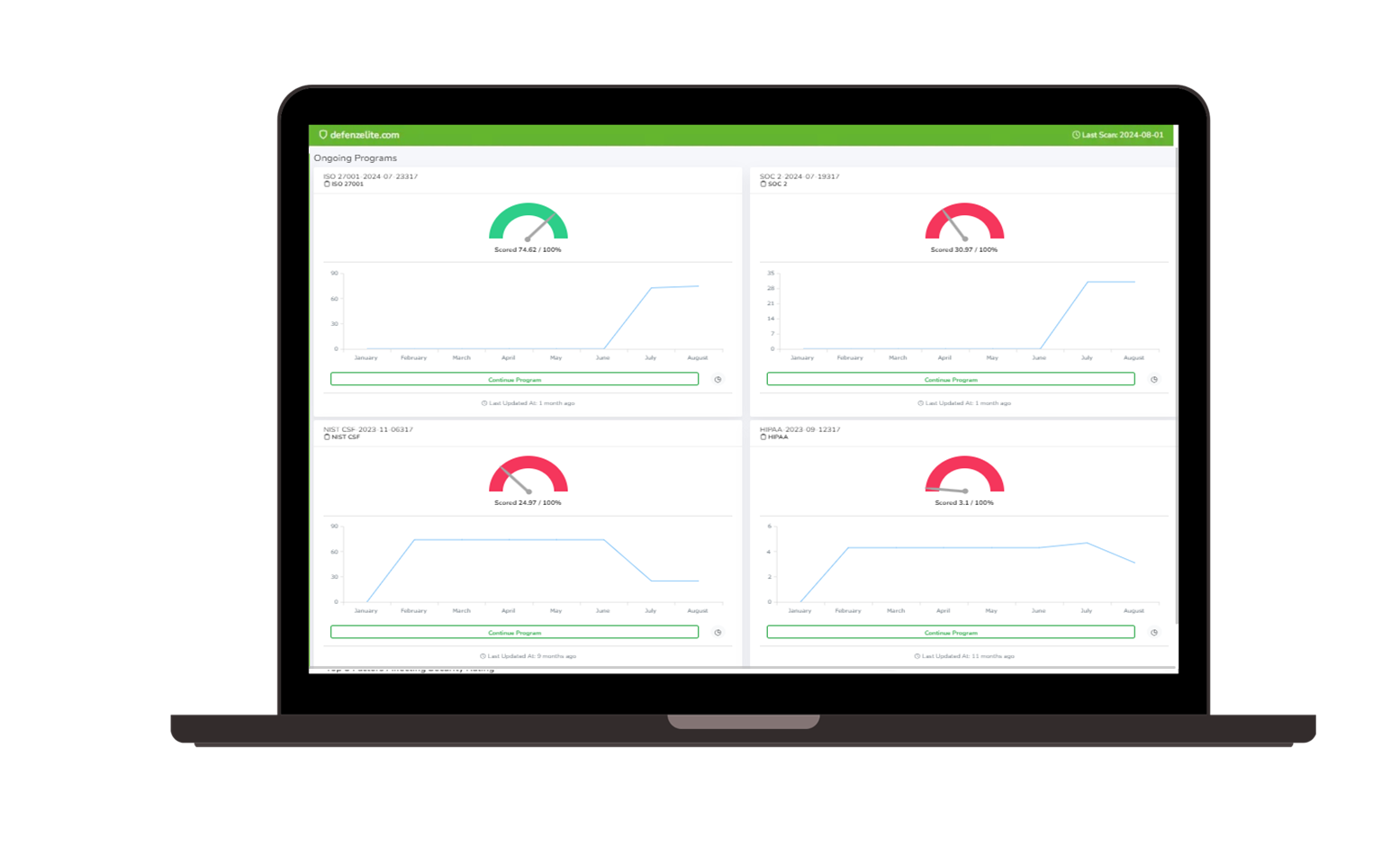 Governance, Risk, and Compliance (GRC) | 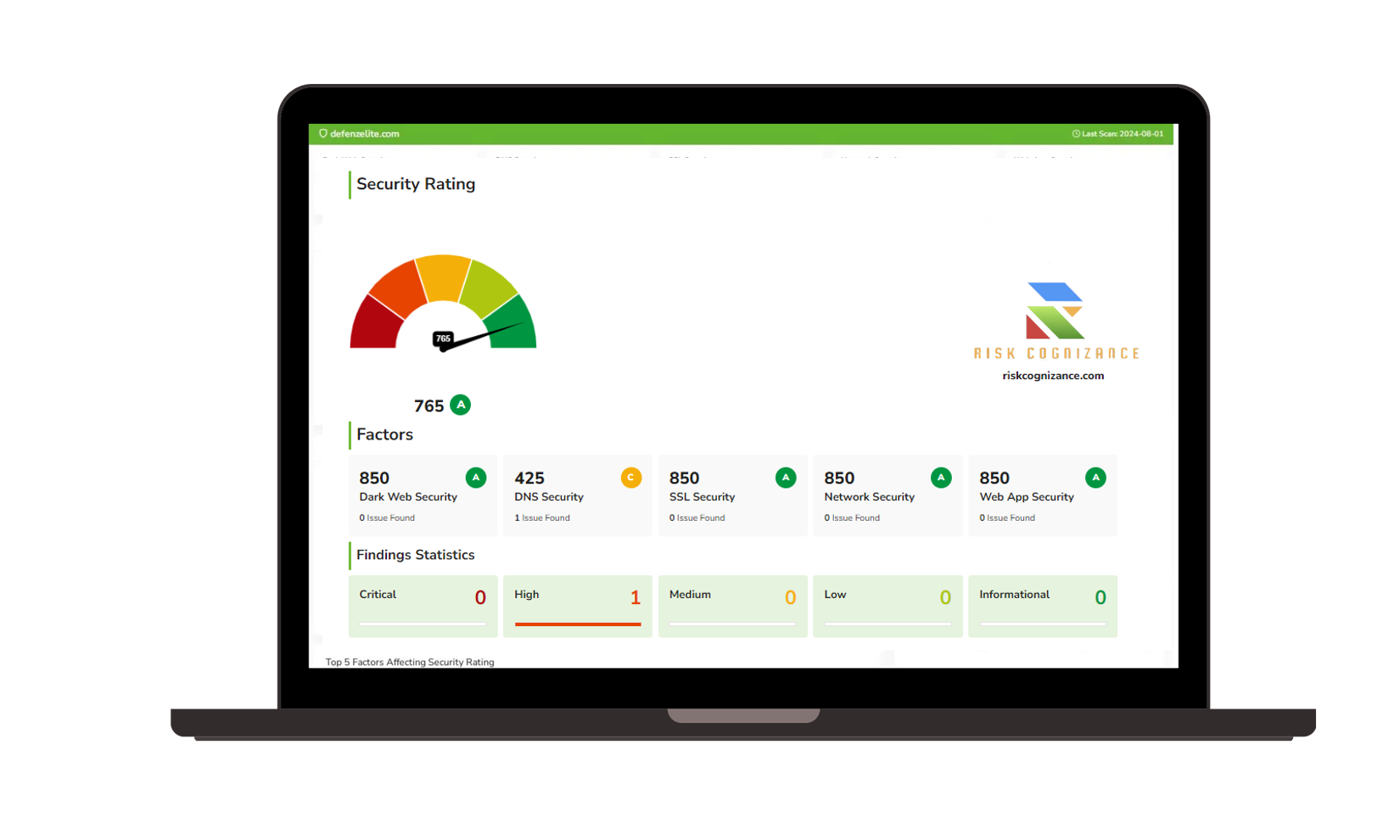 Third-party Risk Management |
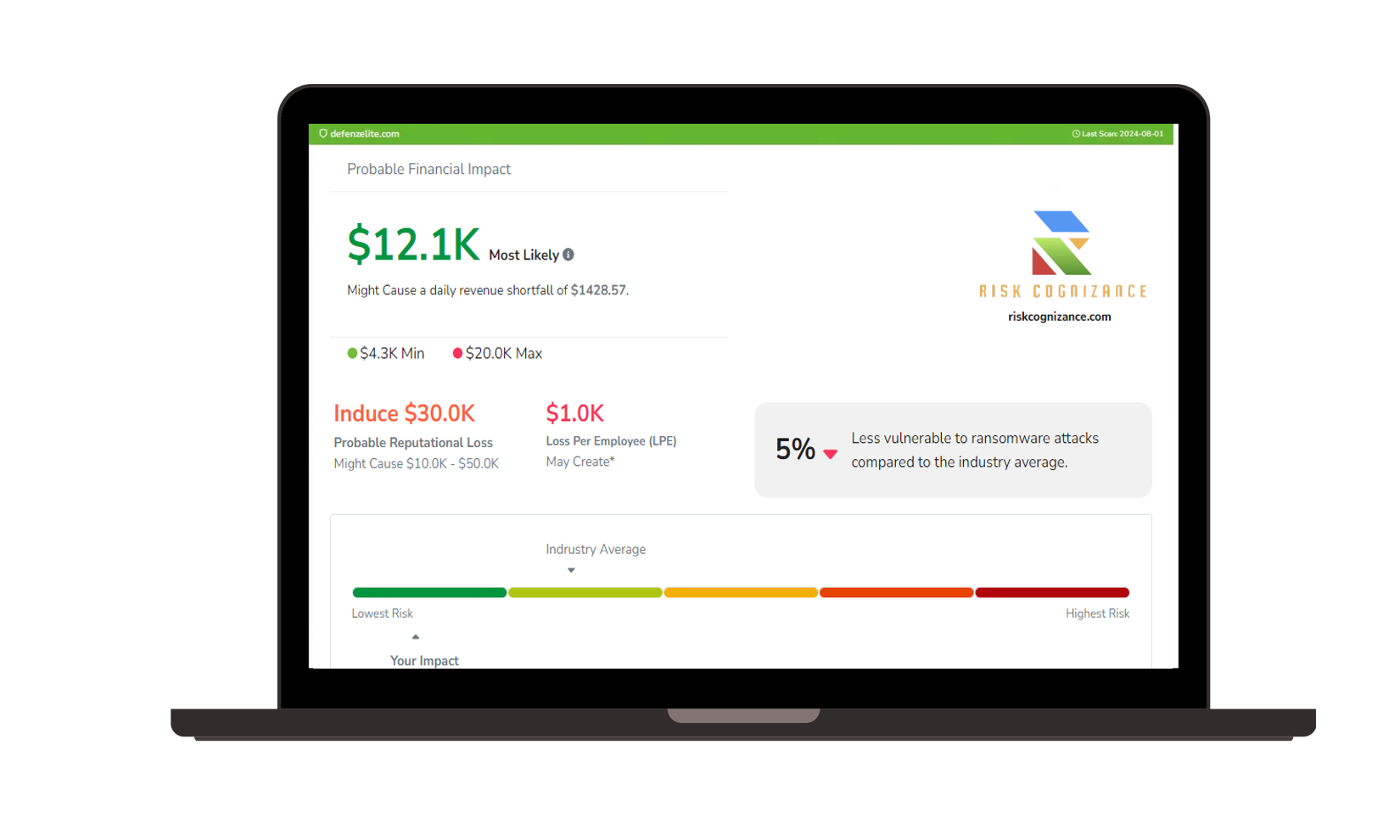 Ransomware Susceptibility | 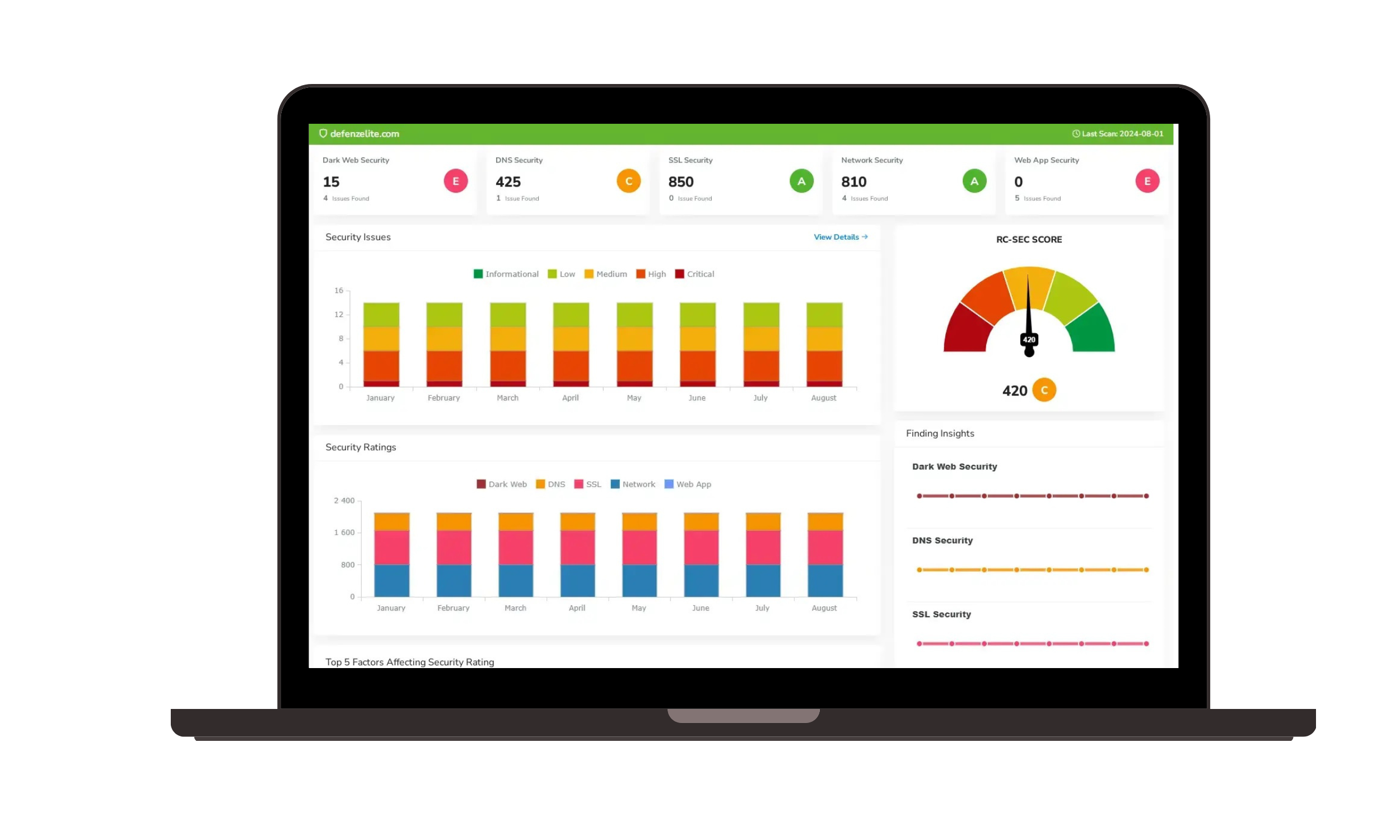 GRC and Attack Surface |
Artificial Intelligence | |
Who Uses a GRC Compliance Platform?
A wide range of organizations benefit from GRC compliance platforms, including:
- Financial Institutions: Banks, insurance companies, investment firms
- Healthcare Organizations: Hospitals, clinics, pharmaceutical companies
- Government Agencies: Federal, state, and local governments
- Technology Companies: Software developers, IT service providers
- Manufacturing and Industrial Companies
- Retail and E-commerce Businesses
Why a GRC Compliance Platform for Your Business?
- Reduce Risk Exposure: Protect your organization from financial losses, reputational damage, and legal liabilities.
- Improve Operational Efficiency: Streamline processes, reduce costs, and enhance productivity.
- Enhance Customer Trust: Demonstrate your commitment to data privacy, security, and ethical business practices.
- Stay Ahead of Regulations: Keep up with evolving regulatory requirements and avoid non-compliance penalties.
- Gain a Competitive Advantage: Differentiate your business from competitors by showcasing your strong risk management and compliance practices.
Why a GRC Compliance Platform for MSPs and MSSPs?
- Meet Customer Requirements: Ensure compliance with industry standards and regulations to meet customer expectations.
- Manage Risk Exposure: Protect your organization and customers from security breaches and data leaks.
- Demonstrate Expertise: Showcase your ability to provide comprehensive risk management and compliance services.
- Improve Operational Efficiency: Streamline service delivery and reduce operational costs.
- Attract and Retain Customers: Build trust and credibility with customers by demonstrating your commitment to compliance.
Understanding and Preventing Breaches: A Comprehensive Guide
A GRC platform plays a crucial role in preventing breaches by helping you address key areas:
- Ransomware Prevention: Implement strong security measures like regular backups, security awareness training, patch management, network segmentation, and MFA.
- Vendor Management: Conduct thorough vendor risk assessments, include security clauses in contracts, and continuously monitor vendor performance.
- Vulnerability Management: Regularly scan for and address vulnerabilities, conduct penetration testing, and ensure secure coding practices.
Overall Business Resilience and Cybersecurity
Building business resilience requires a comprehensive approach:
- Develop a Security Governance Framework: Establish clear policies, standards, and procedures to guide your security practices.
- Employee Training: Provide ongoing security awareness training to employees to help them identify and prevent threats.
- Incident Response Plan: Develop a detailed plan for responding to security incidents, including steps for containment, eradication, and recovery.
- Business Continuity Planning: Have a plan in place to maintain essential business functions in the event of a disruption.
- Risk Assessment: Regularly assess your organization's risk profile and prioritize mitigation efforts.
GRC Compliance Platforms and Compliance Mapping & Management Tools
These platforms often include tools for:
- Compliance mapping: Identifying relevant regulations and standards for your organization.
- Policy and procedure management: Creating, managing, and distributing policies and procedures.
- Risk assessment: Identifying, assessing, and prioritizing risks.
- Incident management: Responding to and resolving security incidents.
- Audit and reporting: Generating reports to demonstrate compliance and track progress.
By implementing a GRC compliance platform and addressing these key areas, organizations can effectively manage risks, ensure regulatory compliance, improve business resilience, and build a more secure environment.


